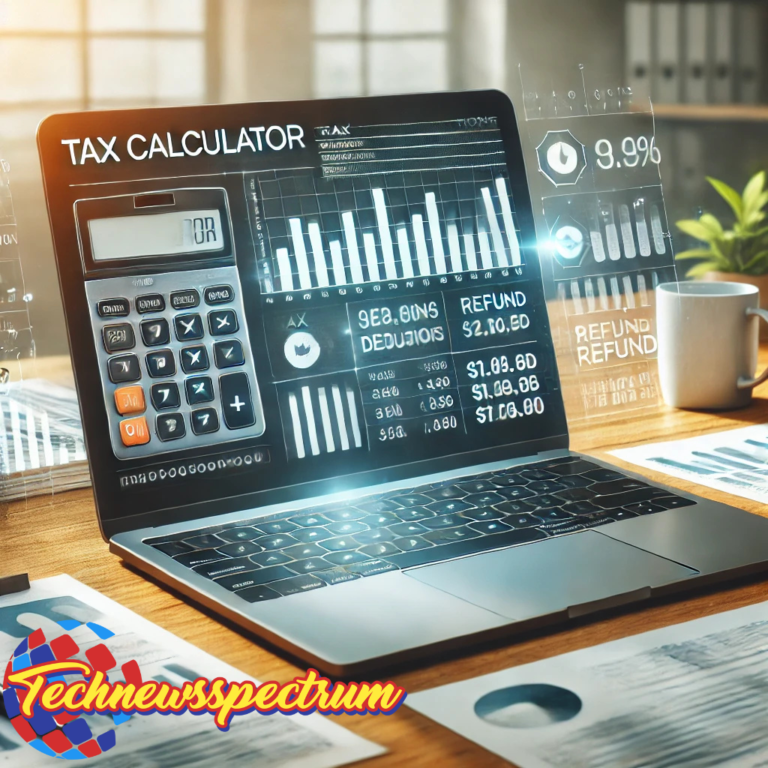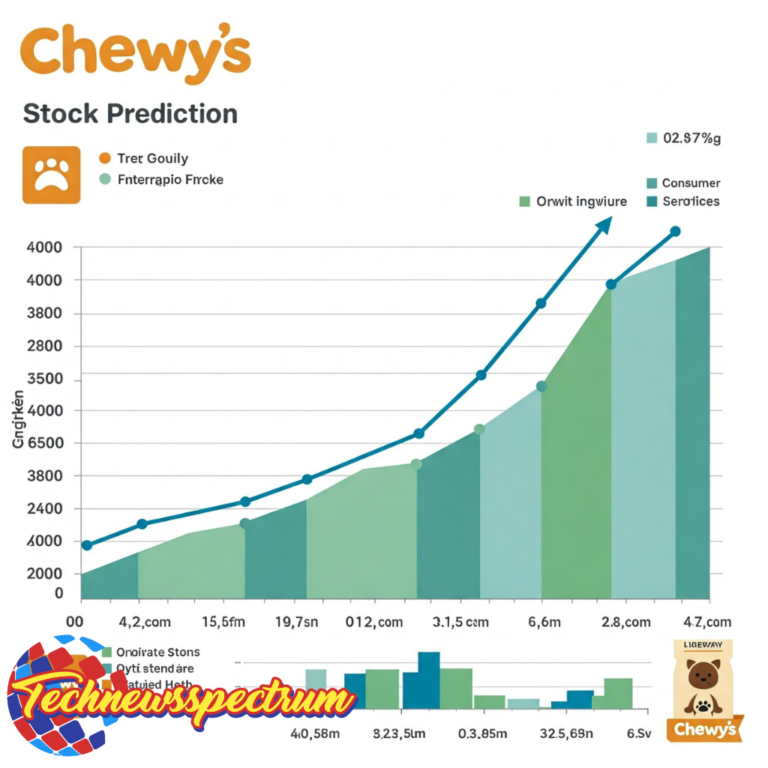SQQQ Reverse Split Explained 2025 Investor’s Overview of Key Features Benefits and Impacts
Table of Contents
| Section | Title |
| H1 | SQQQ Reverse Split Explained 2025 Investor’s Overview of Key Features Benefits and Impacts |
| H2 | What Is SQQQ? A Quick Overview |
| H2 | Understanding Reverse Splits |
| H2 | Why SQQQ Uses Reverse Splits |
| H2 | 2025 SQQQ Reverse Split Announcement |
| H2 | Key Details of 2025 SQQQ Reverse Split |
| H2 | How a Reverse Split Impacts Shareholders |
| H2 | Effects on Short Term vs Long Term Investors |
| H2 | Benefits of a Reverse Split for Leveraged ETFs |
| H2 | Possible Risks and Downsides |
| H2 | What Investors Should Monitor Post Split |
| H2 | Reverse Split vs Forward Split |
| H2 | How to Adjust Your Portfolio |
| H2 | Tax Considerations |
| H2 | Past SQQQ Reverse Splits and Performance |
| H2 | Professional Views on 2025 SQQQ Reverse Split |
| H2 | Frequently Asked Questions (FAQs) |
| H2 | Final Thoughts on 2025 SQQQ Reverse Split |
What Is SQQQ? A Quick Overview
ProShares UltraPro Short QQQ ETF (SQQQ) is an inverse leveraged exchange traded fund aiming to deliver 3x daily performance of Nasdaq 100 Index. For every 1% Nasdaq 100 drops in a day SQQQ seeks to gain 3%. It is commonly used as a short term hedging or speculative tool.
SQQQ is typically used during market downturns or periods of volatility. Due to its leveraged structure and daily rebalancing it can lose value over time particularly in stable or rising markets.

Understanding Reverse Splits
A reverse stock split consolidates shares to increase price per share. For example in a 1 for 10 reverse split 10 shares become 1 and price multiplies by 10.
Key points
- Market capitalization remains unchanged
- Ownership proportions stay same
- Often done to stay above listing requirements
For leveraged ETFs like SQQQ this action is routine and does not indicate performance issues.
Why SQQQ Uses Reverse Splits
Since SQQQ moves inversely to Nasdaq 100 its price often trends downward over time as index rises.
Reasons for reverse splits
- Maintains a tradable share price
- Prevents prices from falling below $1 avoiding regulatory issues
- Reduces extreme volatility associated with low priced shares
SQQQ and similar products have a history of reverse splits for these reasons.
2025 SQQQ Reverse Split Announcement
In early 2025 ProShares confirmed a 1 for 10 reverse split for SQQQ effective April 15.
Split Details
- Record Date April 12 2025
- Effective Date April 15 2025
- Split Ratio 1 for 10
- Pre Split Estimat ~$6.50
- Post Split Estimate ~$65.00
This aligns with past reverse split behavior and reflects Nasdaq gains.
Key Details of 2025 SQQQ Reverse Split
| Feature | Description |
| Split Ratio | 1 for 10 |
| Effective Date | April 15 2025 |
| Ticker Symbol | Stays “SQQQ” |
| CUSIP | Will change |
| Share Quantity | Reduced by 90% |
| Share Price | Increases by 10x |
| Brokerage Impact | Adjusted automatically |
These updates are routine and managed by custodians and brokers.
How a Reverse Split Impacts Shareholders
If you hold 1000 shares before split you’ll have 100 afterward at a higher price.
Other considerations
- Overall investment value remains same
- Options contracts adjust automatically
- Liquidity may change
- Higher prices may reduce participation from some investors but institutional interest can increase
Effects on Short Term vs Long Term Investors
| Investor | Effect |
| Short Term | More trading opportunities may arise from price movements |
| Long Term | Holding SQQQ long term may still lead to losses due to compounding and volatility decay |
| Options Traders | Contract terms adjust automatically to match split |
Because SQQQ tracks daily performance it’s not intended for extended holding periods.
Benefits of a Reverse Split for Leveraged ETFs
- Keeps price above required thresholds
- May improve perception among certain investor groups
- Reduces excessive volatility caused by very low prices
- Enables smoother trading through margin adjustments
Possible Risks and Downsides
- Higher price can give a false impression of value
- Frequent reverse splits could suggest ongoing price erosion
- Novice investors may misread historical performance
- Some trading platforms may temporarily limit access during split processing
What Investors Should Monitor Post Split
Important areas to track
- Price and volume changes
- Updated option contracts
- Reactions in broader market
- Nasdaq 100 movement trends
Changes around split dates may create both risks and trading opportunities.
Reverse Split vs Forward Split
| Factor | Reverse Split | Forward Split |
| Share Quantity | Decreases | Increases |
| Price per Share | Increases | Decreases |
| Market Cap | No Change | No Change |
| Common Use | ETFs declining shares | Growth oriented companies |
Forward splits (like Apple’s or Tesla’s) differ from SQQQ’s reverse split which is structural rather than a reward to shareholders.
How to Adjust Your Portfolio
Steps to take
- Review holdings before record date
- Recalculate stop loss and profit targets
- Confirm split adjustments with your broker
- Check how changes affect tax lots and any open option positions
Planning ahead can help avoid disruptions.
Tax Considerations
A reverse split typically isn’t taxable. Still
- Your cost per share increases
- number of shares you own decreases
- Any cash paid for fractional shares might be taxable
Seek guidance from a licensed tax professional for specific situations.
Past SQQQ Reverse Splits and Performance
| Year | Split Ratio | Price Pre Split | Price 3 Months Post |
| 2023 | 1 for 10 | $4.80 | $5.10 |
| 2021 | 1 for 5 | $7.20 | $6.50 |
| 2019 | 1 for 4 | $9.00 | $8.70 |
These results show minor short term movements while long term trend remains downward which is typical of leveraged inverse ETFs.
Professional Views on 2025 SQQQ Reverse Split
“This is a technical change that supports trading and compliance. It doesn’t affect strategy behind SQQQ.”
– Brian Dean ETF Analyst at MarketEdge
“Reverse splits often confuse investors. SQQQ is still functioning as intended.”
– Lynn Carter Derivatives Trader CapitalVista
Main point reverse splits don’t change core mechanics of ETF.
Frequently Asked Questions (FAQs)
1. Does reverse split raise value of my investment?
No. It changes number of shares and price not total value.
2. Is SQQQ still safe to hold afterward?
ETF remains same. It’s still built for short term strategies.
3. How often are there reverse splits?
Generally every 1–2 years depending on price levels and market trends.
4. What happens to my options contracts?
They’re updated automatically by Options Clearing Corporation.
5. Can I lose money from a reverse split?
Not from split itself but misunderstanding product can lead to losses.
6. Where can I find announcements?
Visit ProShares’ website or check notifications from your broker.
Final Thoughts on 2025 SQQQ Reverse Split
2025 reverse split is a technical step not a warning sign. It helps maintain price levels and keeps SQQQ accessible for short term market positioning. For traders it’s part of standard ETF operations. For others it serves as a reminder to fully understand how leveraged ETFs behave.







